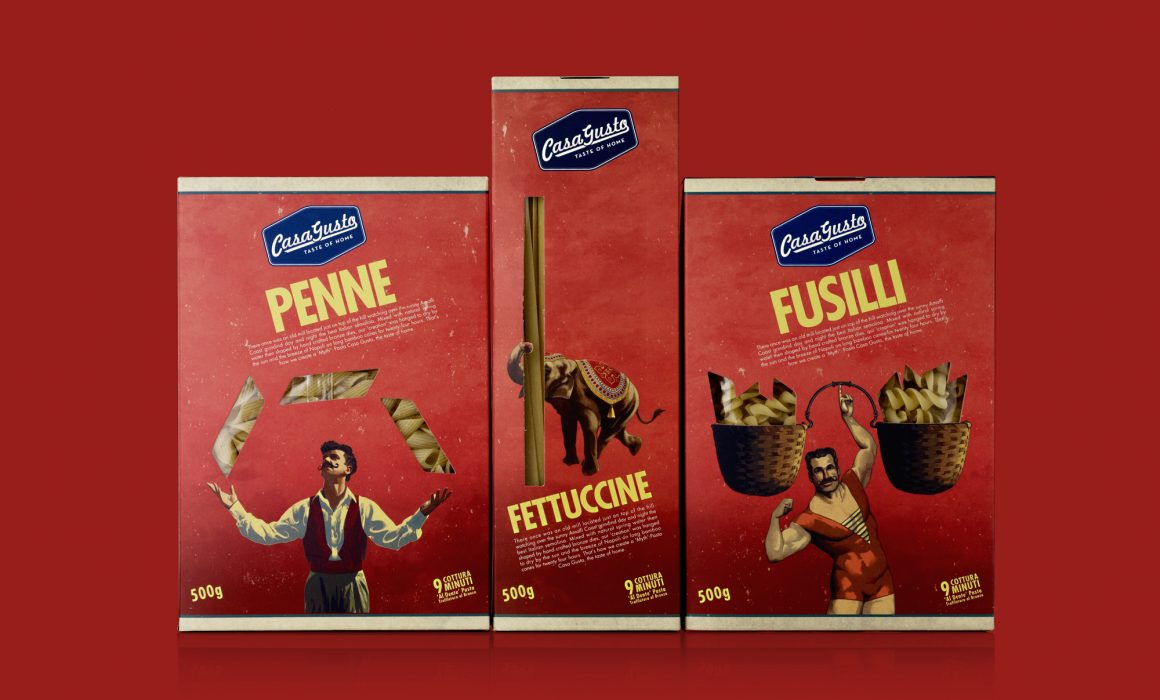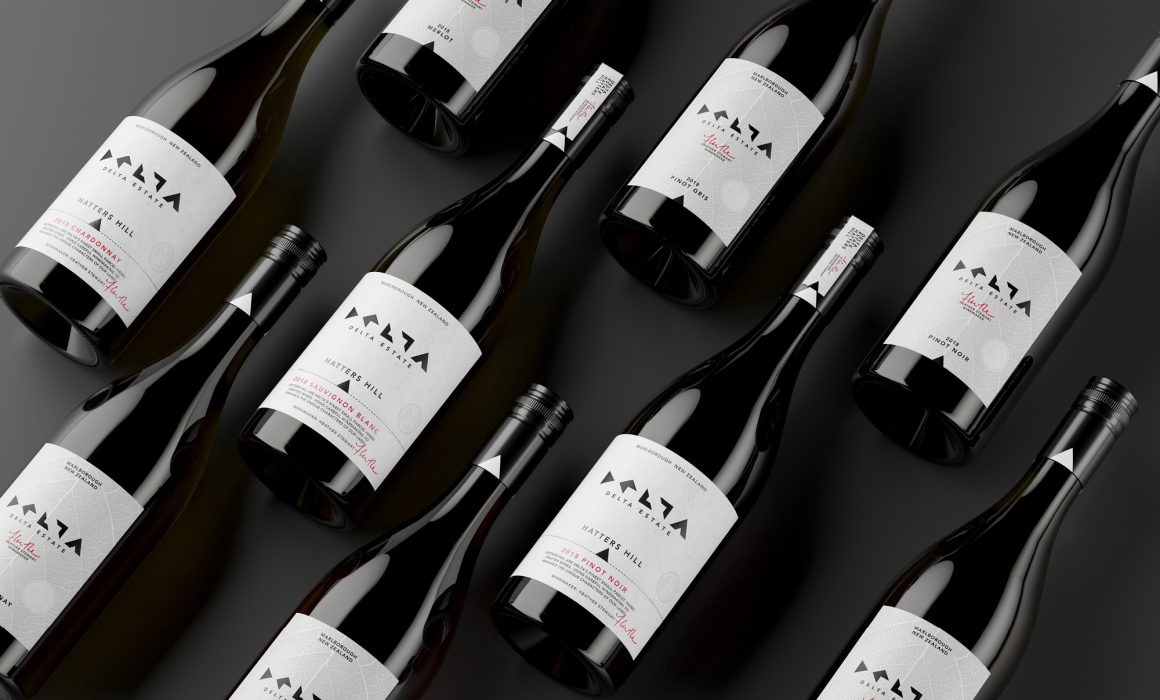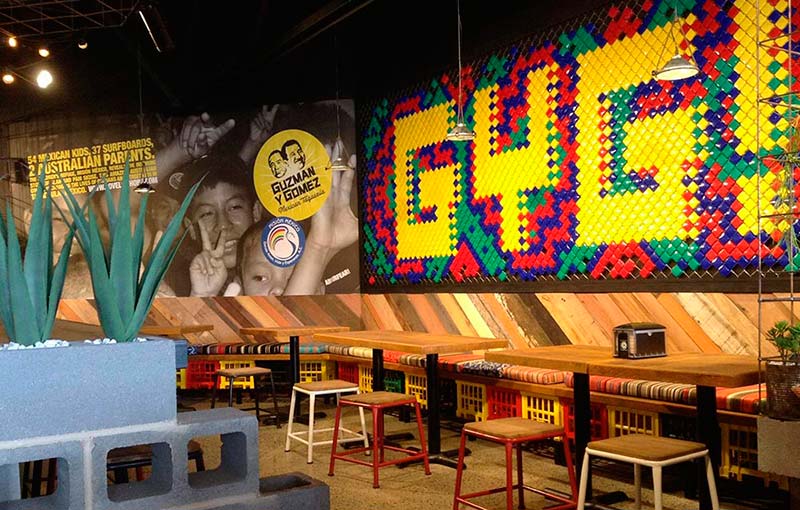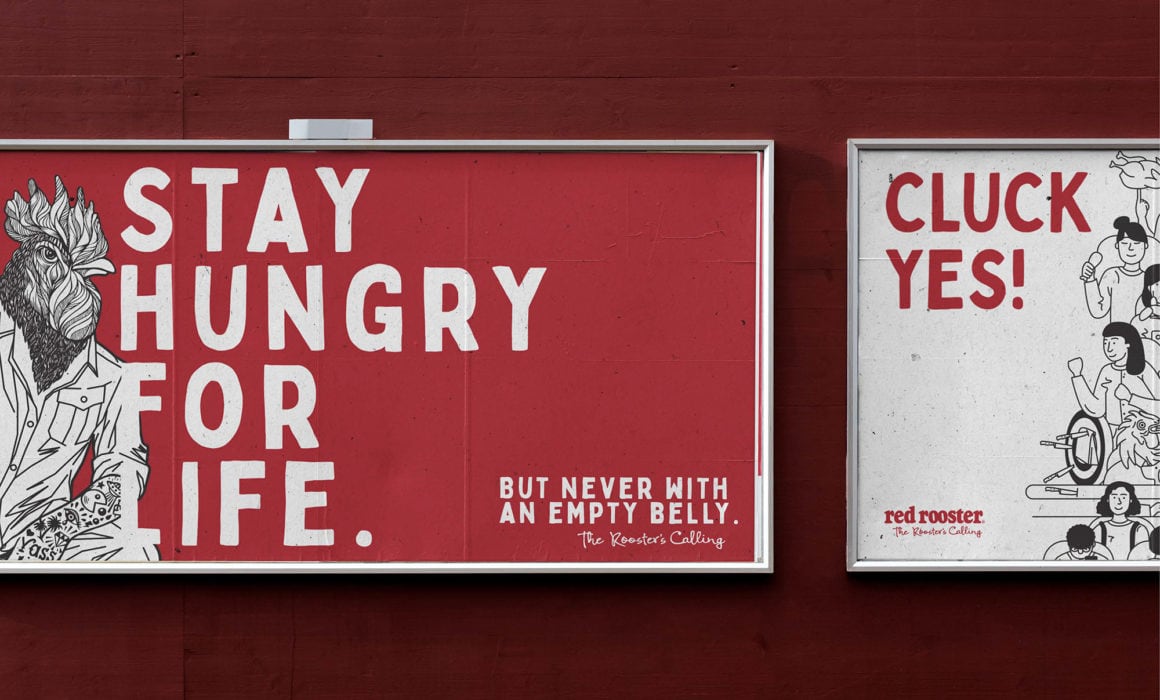How to Create FMCG Branding That Can’t Be Ignored
Branding
How to Create FMCG Branding That Can’t Be Ignored
27 October 2021
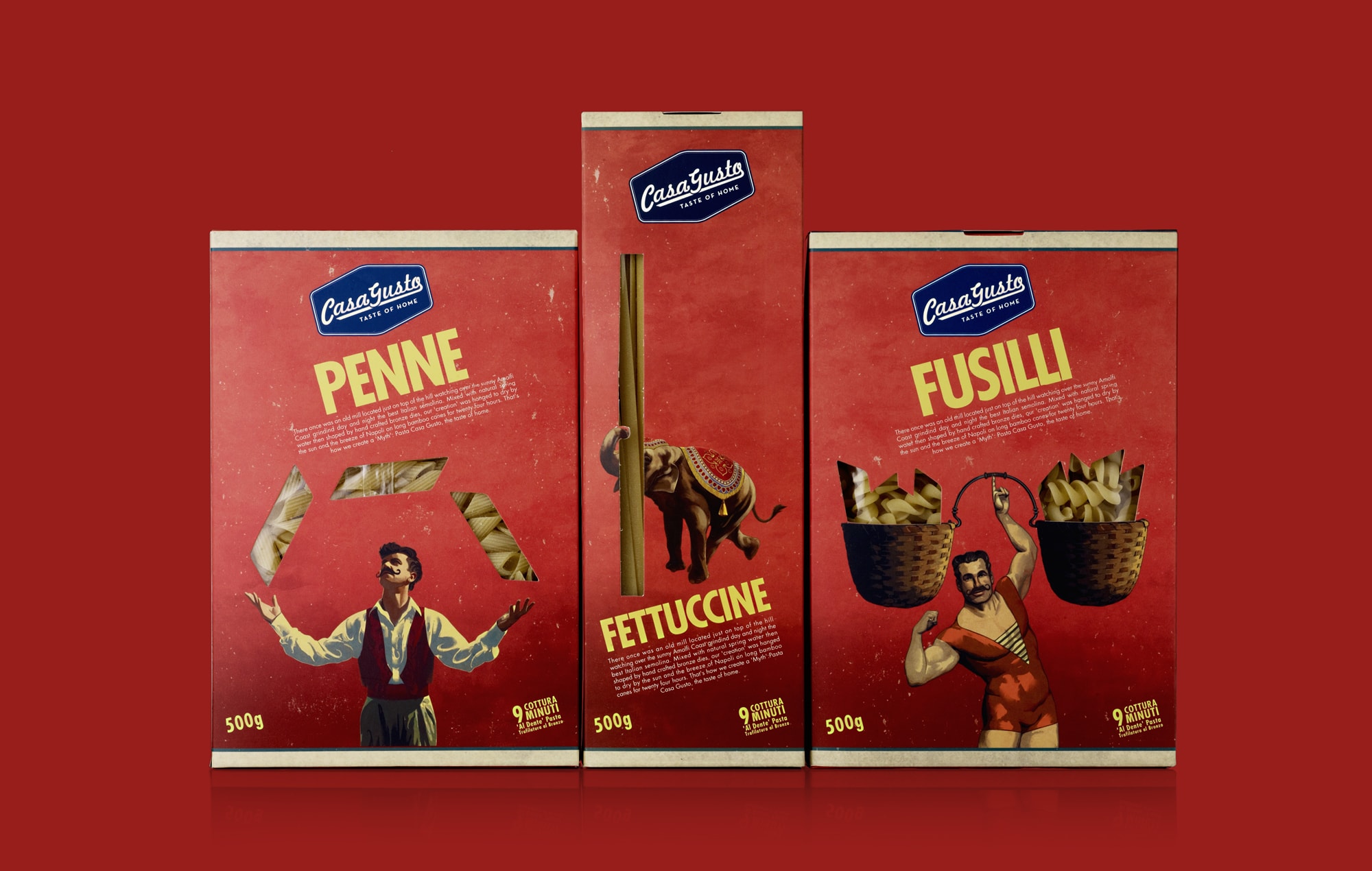
When it comes to modern mass marketing, the fast-moving consumer goods industry (FMCG) is undeniably king. Including packaged foods and beverages, toiletries, cosmetics, alcohol, household products, tobacco and over-the-counter pharmaceuticals, what differentiates fast-moving consumer goods from other categories is that they are in high consumer demand, tend to be perishable, have a high shelf turnover and are sold in large quantities at low prices. Since the end of WWII, the FMCG industry has been using a massively successful value-creation branding model which resulted in the foundation of 23 of the world’s top 100 brands by 2010. This value-creation branding model is based on strategies including creating partnerships with mass retailers and grocers, cultivating growing market categories to capitalise on the increase in consumer wealth, and designing company operations to consistently produce goods while simultaneously reducing the cost of production. And since it’s served the industry pretty well so far, it makes sense to continue using the same model, right? Wrong. Over the past few years in particular, the marketplace and the consumer experience have drastically been reshaped. During the height of the pandemic, as our physical space became more limited, our digital landscape – including e-commerce and social media platforms – expanded. And whether you’re an established business or in the process of creating your own brand, you need branding strategies that reflect our new reality. The value-creation model was unbeatable before the dawn of the digital age but now it’s outdated, affecting the organic growth of even the biggest FMCG companies.
Staying Competitive in the New Marketing Reality
As new brands continue to emerge and the marketplace becomes more crowded, the power of the consumer grows exponentially. To maintain a competitive edge, companies need to understand their customer base and – more importantly – concentrate on creating a meaningful connection with them. Recent research has identified seven major drivers that affect the attitudes, beliefs and purchasing behaviour of Australian consumers including the use of personalised marketing, the healthy lifestyle trend as popularised on social media, the level of convenience offered and a preference for purpose-driven, ethical organisations. FMCG companies have also been encouraged to embrace digital marketing, which has permanently changed how we learn about and engage with brands, and learn how to work with the millennial market, who are completely different from any previous generation of consumer. (Feeling a little overwhelmed? We don’t blame you!) So how should we approach branding in this brave new world? Simple – we evolve.
Why the Best FMCG Brands are Agile and Disruptive
Now, by evolve we don’t mean tearing your branding strategy apart to start from scratch. Think of brand evolution as shifting your focus, drawing on your own experiences as a consumer and what gives products value in your eyes. We all have our favourite brands – there’s a reason why we reach for a Coca-Cola when we’re thirsty or crave a packet of Tim-Tams with our cup of tea. But we don’t often consider why we identify with these brands, or why once we decide on a particular brand we won’t accept similar alternatives. (Pepsi just isn’t the same, okay?) Part of our preference for particular brands is the comforting familiarity of them; we feel emotionally connected to them, which plays a critical role in shaping our subconscious purchasing behaviour. But brands also need to fit seamlessly into our changing lives, maintaining relevance so that we continue to choose them over the competition. It’s a balancing act of innovation and consistency, where tipping too far in one direction could alienate existing customers or lead to being overlooked by new audiences. The best FMCG brands are agile enough to walk that tightrope with ease, disrupting the status quo and reaping the rewards.
The Five Pillars of Successful FMCG Branding
At The Creative Method, we thrive on evolutionary and revolutionary branding, combining bold visual design that leaps off the shelf with the meaningful brand purpose, sociability and authenticity which consumers demand from modern companies. Creating successful FMCG branding that customers will love is hard, but we’ve got you covered with these five game-changing strategies.
#1: Align Yourself with Your Target Audience
Whether you are opening a restaurant or releasing a new product line, your target audience always needs to be at the forefront of your mind. This may seem obvious, but many FMCG companies don’t do enough research into what motivates their customers. We know that mass marketing is no longer an effective tactic to engage younger consumers – there is a growing expectation that marketing will be personalised for individuals, not demographics. If you don’t align yourself with the values and interests of the audience you are trying to attract, what’s stopping them from moving on to another brand who will?
#2: Increase Customer Loyalty to Your Brand
Once you’ve built the foundations of a strong customer base, the challenge becomes securing their ongoing loyalty. The more distinctive and interesting your brand identity is, the more you will stand out from your competition. Your brand identity is everything that the customer sees, from your product packaging and logo design to your customer service and social media presence. To tell a coherent, compelling story, each element of your brand identity needs to be cohesive. By doing so, your company effectively becomes more professional, trustworthy and authentic in the eyes of consumers. It will make you worthy of their loyalty.
#3: Tell Your Unique Story
If you look at any of the top FMCG brands, one thing that you will notice is the amount of work that goes into their visual design, down to the smallest detail. Through effective packaging design and visual storytelling, you can share your brand identity with consumers at a glance. One thing we’ve learned in our decades of packaging and design experience is that great brands are built on great stories. Telling your personal story will humanise your brand, help forge an enduring relationship with your customer base and make your product stand out in saturated marketplaces like craft beer.
#4: Develop a Genuine Purpose for Your Brand
Australian consumers have discovered that their voices and purchase decisions can directly affect the practices of commercial organisations. There is a social responsibility attached to consumption, meaning that people are looking beyond the value of the product at the social, environmental and ethical impact of the brands behind them. So before diving into the essential rules of packaging design, take the time to step back and consider the values and causes that inspired the creation of your brand. Are you passionate about traditional ingredients, or eco-friendly production methods? Is your focus on providing convenience, innovation or healthy living? Make sure the visual design of your brand reflects these beliefs.
#5: Stay Relevant for Future Success
The world of retail has truly gone digital, and the last thing you want is to get left behind. If you’re currently in the process of rebranding and relaunching your FMCG business, digital marketing is the key to attracting and retaining your kind of customers while gaining brand traction in a short amount of time. Cultivating a strong digital presence through e-commerce, an official brand website or building active communities on social media platforms will allow you to significantly expand your reach to potential customers, and create a lasting connection.
Related Articles
Building A Brand: Creating A Brand Development Strategy
There is no doubt that we have emerged from the widespread disruption of the pandemic into a new reality – one where the consumer is king. Power has well and truly shifted away from companies as customer choice increases exponentially through online marketplaces. The popularity of food delivery apps and e-commerce platforms has led customers to expect convenience and quality above all else, while social media and online reviews can instantly make or break the reputation of a brand…
TAGS

